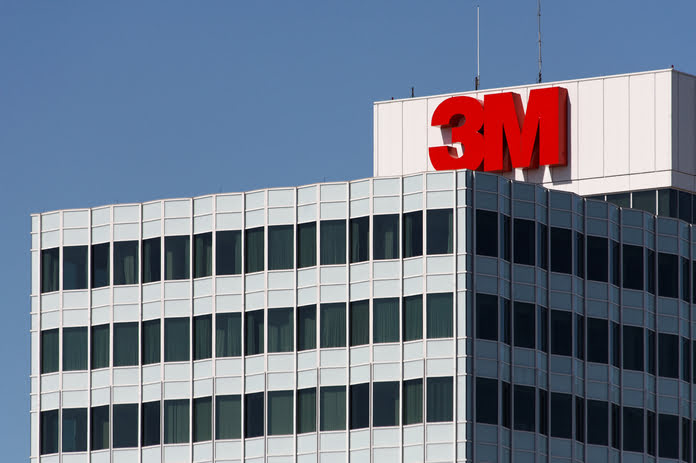Netflix (NASDAQ:NFLX)
On Tuesday afternoon trading, Netflix stock was battered, falling 5.3% on a one-two-three punch of negative news from Wall Street.
A price decrease, a bad preview of the Netflix (NASDAQ:NFLX) third-quarter earnings report, and a harsh critique of the company’s plan to offer an ad-supported tier to its streaming service quickly blow to Netflix stock price.
What’s the Reason for Netflix Stock Decline?
Three pieces of bad news have come at once for Netflix (NASDAQ:NFLX) today, starting with a report from StreetInsider that Goldman Sachs has lowered its price target on Netflix stock to $182 and continues to retain a sell recommendation on the Netflix stock.
Bank of America, which began the day on an upbeat note by agreeing with the consensus that Netflix would gain 1 million subscribers in its Q3 report (coming out next week), report $7.8 billion in sales, and earn $2.10 per share, has now downgraded its recommendation to “sell.” BofA’s initial optimistic outlook swiftly became pessimistic, with the lender speculating that Netflix may have gained members in the quarter primarily because of Stranger Things season four. While some may see this as a sign of strength, BofA argues that it just furthers the evidence that “sub-additions may be substantially more hit-driven than recent years” and that “Stranger Things will be a challenging act to follow” in coming quarters.
But you may be wondering about Netflix’s plans to provide ad-supported subscriptions. Bank of America warns, “we don’t believe [an ad-sponsored streaming plan] is the catch-all solution.” Third-party research firm Pivotal Research has recently added its voice, agreeing with the first two analysts that investors’ faith in Netflix’s ability to stem its membership loss via advertising “seems misguided.” According to The Fly, Pivotal sees this as “defensive, not aggressive” behavior on Netflix’s behalf. Furthermore, it is fraught with serious dangers.
What Should You Do Now?
What dangers, exactly? One reason is that ad-supported tiers in streaming services are often less expensive than ad-free ones. Therefore, even a rise in Netflix’s subscriber count could not boost the firm’s income or profits if the company cannot generate enough ad revenue to compensate for revenue lost by charging less per subscription. Pivotal is concerned about Netflix’s “product perception” risk (that is, its streaming service will be seen as less “premium” if it begins selling advertisements like everyone else) and its “variability” risk, as Netflix’s income stream becomes reliant on the strength of the advertising market.
Naturally, Netflix (NASDAQ:NFLX) does not currently face any of these dangers. Also, it’s feasible that, in the future, investors may be less eager to pay a premium for a stock that’s becoming progressively riskier. Netflix stock may appear like a safe investment at its current price of 20 times earnings, but the danger lurks around every corner.
Featured Image- Megapixl @ Lightfieldstudiosprod















